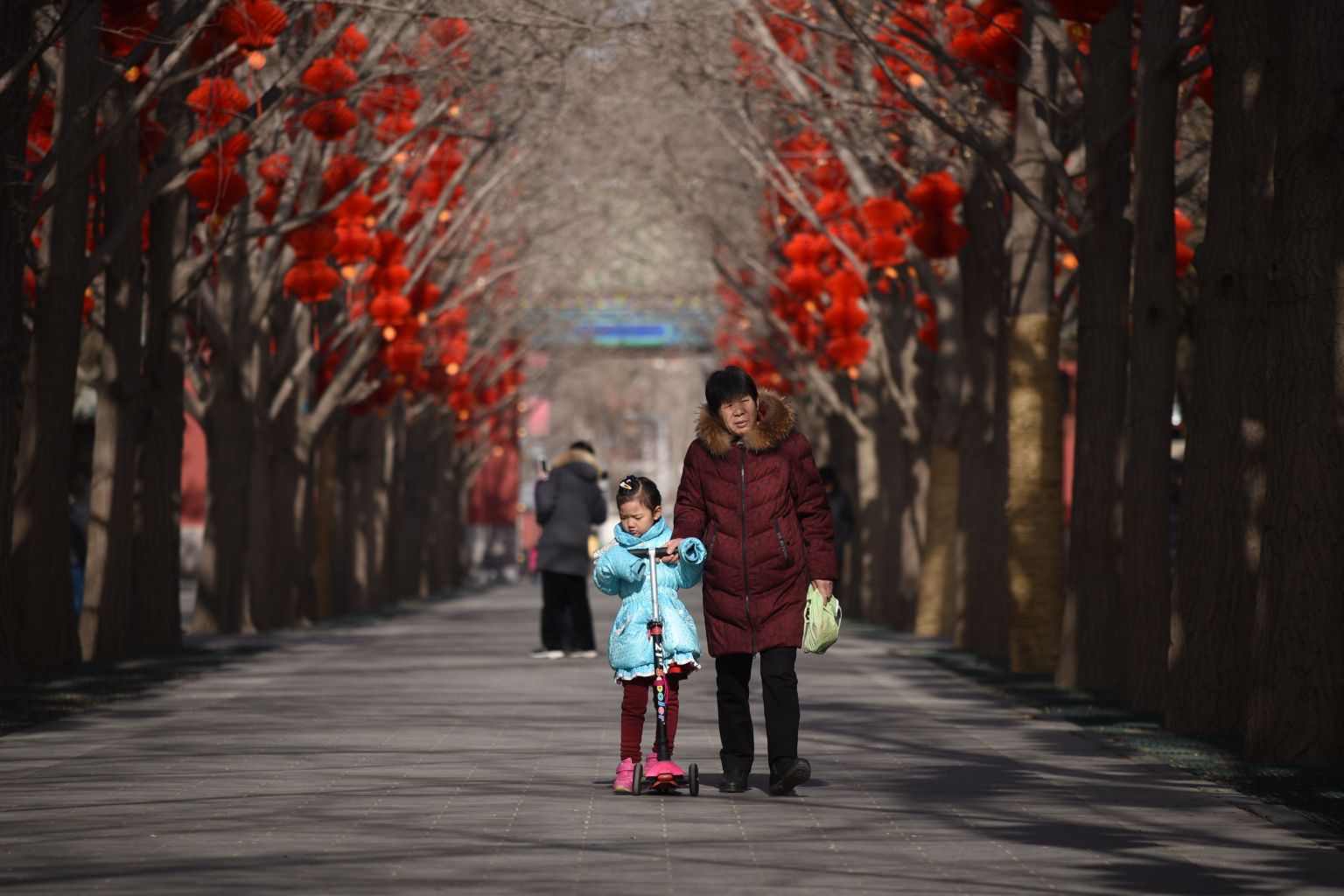Beijing, Shanghai record first population decline in 40 years
Sign up now: Get insights on Asia's fast-moving developments

Latest figures from the National Bureau of Statistics showed the population of Beijing dropped by 22,000 to 21.7 million last year, a decline of 0.1 per cent.
PHOTO: AFP
Follow topic:
BEIJING - The population of Beijing and Shanghai dipped slightly last year (2017) for the first time since 1978, as China's two mega cities seek to shed lower-end industries and slow population growth, reported Global Times newspaper.
Latest figures from the National Bureau of Statistics showed the population of Beijing dropped by 22,000 to 21.7 million last year, a decline of 0.1 per cent. This came after a 59 per cent surge in Beijing's population between 2000 and 2016, according to bureau.
Shanghai's population dropped by 13,700 to 24.18 million.
The report quoted Pang Jiangqian, spokesperson of the Beijing Municipal Bureau of Statistics, as saying multiple factors contributed to the capital's population decline.
He cited the decrease in China's working age population and the slowdown in migration from rural areas.
"In recent years, China's annual population growth dropped around 0.5 per cent. The number of people migrating to mega cities has also slowed. Against the backdrop of nationwide urbanisation, the attraction of mega cities is gradually waning," he said at a news conference in Beijing on Jan 19.
Following a fire that killed 19 people in November lat year in Beijing, the city government launched a sweeping campaign that required tenants of substandard and unsafe housing to move out. Almost all of those killed were migrants.
"Given the fact that Beijing and Shanghai have taken measures to evict migrant workers, strengthened its management of apartment leasing and relocated industries, it's not surprising that the population has dropped in the two cities," Li Jianmin, a professor of demography at Nankai University, told the Global Times on Tuesday.
But it is still too early to say whether the population trends in these two cities are at a turning point, according to Ding Jinhong, a professor at East China Normal University.
City planners in Beijing and Shanghai have long worried about meeting the needs of an ever growing population, said Global Times.
According to its latest development scheme, Beijing plans to cap its population at 23 million by 2020, reducing the population in six central districts to 15 percent below 2014 levels.
Shanghai aims to cap its population at 25 million by 2035.
Chinese officials have sought to slow migration to its biggest cities by putting caps on residency permits that give people access to schools, community services and hospitals, and tearing down informal housing often used by workers who move from other regions, reported Bloomberg.
Authorities are also creating an economic hub linking Beijing with the nearby port city of Tianjin and surrounding province of Hebei, with some wholesale markets and heavy manufacturing facilities already shifted out of the capital or shut down.

